Written by Bradt Travel Guides
Countries don’t come any more absorbing than Ethiopia. Journeys within its borders are a visual treat, whether you find yourself snaking into the Blue Nile Gorge, rolling past the sculpted sandstone cliffs of Tigrai, wading through the lush forests of the south or belting across the Rift Valley floor, its acacia scrub dotted by extinct volcanoes. Meanwhile, the country’s rich history has bequeathed it such delights as the monolithic rockhewn churches of Lalibela and the majestic tombs and stelae of Axum. And then there’s the country’s venerable cast of incanting priests, blues-singing azmaris and myriad traditionalist tribes, bringing moments of wonder at every turn.
Enjoy stunning scenery
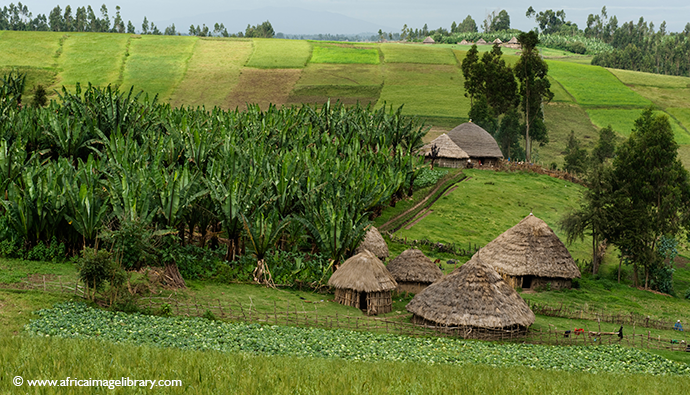
Unlike the image of Ethiopia that persists in the imagination of many in the west, the raised plateau that covers half of the country’s surface area, and supports most of its population, is the most extensive contiguous area of fertile land in eastern Africa. While the deserts do exist, stretching from the base of the plateau to the Kenyan border and the Red Sea and Somali coast, they are thinly populated. In essence, the fertile highland plateau is Ethiopia. Although historical sites are the focal point of tourism in Ethiopia, they threaten to be swamped by the breathtaking scenery. Every bus trip in the Ethiopian Highlands is a visual treat, whether you are snaking into the 1km-deep Blue Nile Gorge, bouncing over the grassy moorland and planted fields of the central highlands, wending your way through the thick forests of the west and south, or pelting across the Rift Valley floor, its acacia scrub dotted by extinct volcanoes, crumbling lava flows and beautiful lakes.
Look out for endemic species and a wealth of birdlife
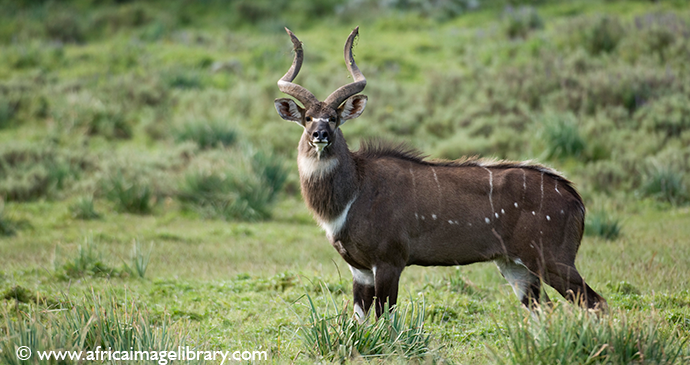
Isolated from similar habitats by the fringing deserts, the Ethiopian Highlands have an extraordinarily high level of biological endemism. Mammals such as the Ethiopian wolf, mountain nyala, Walia ibex and gelada monkey are found nowhere but the highlands, and the same is true of 30 of the 900-plus species of birds which have been recorded in the country. National parks like Bale and Simien are a veritable paradise for natural history enthusiasts, as well as for the hikers and mule trekkers who visit them for their scenery.
Visit the former capital of the ancient Axumite Empire
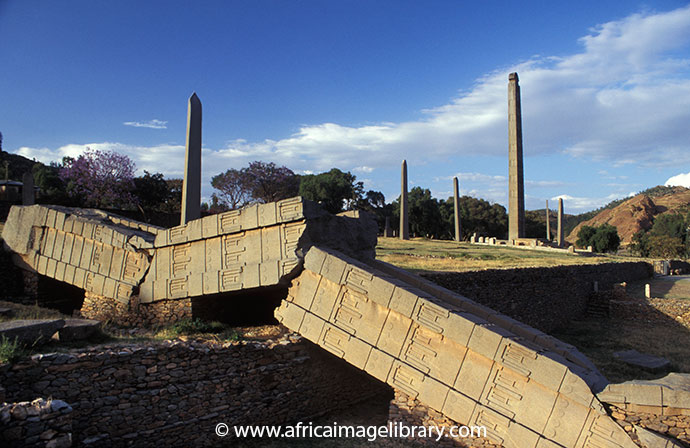
Ethiopia’s nascent tourist industry revolves around the richest historical heritage in sub-Saharan Africa. For several centuries the town of Axum was the centre of an ancient empire stretching from the Nile River across the Red Sea to Yemen. According to legend, it was home to both the Queen of Sheba and the Ark of the Covenant. Today it is best known for the engraved obelisks (stelae) that tower over its horizon, but there’s plenty else to see here, including ruined palaces, trilingual tablets recounting events that took place 2,000 years ago, and some of the oldest churches in Ethiopia.
Marvel at the geological wonders of the Danakil Depression
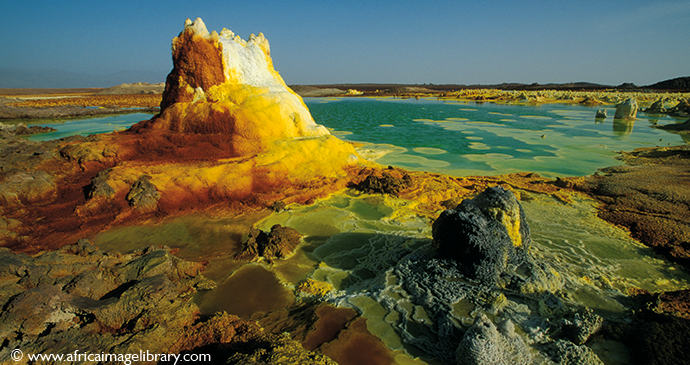
The most alluring part of the Afar region, though difficult to access except on an organised tour, is the remote and volcanically active Danakil Depression. It is one of the lowest-lying places anywhere in the planet, dropping to 116m below sea level, while temperatures on its shadeless plains often soar above 50°C, and are exacerbated by a fierce gale. This is a challenging travel destination but, for all that, the Danakil is an area of singular geological fascination: a strange and at times beguilingly beautiful desert landscape punctuated by austere volcanic calderas, explosive cauldrons of bubbling red lava, malodorous sulphur-caked hot springs, recently solidified black lava flows, and vast, blinding salt flats that stretch for up to a kilometre below the surface.
Discover Africa’s richest diversity of cultures
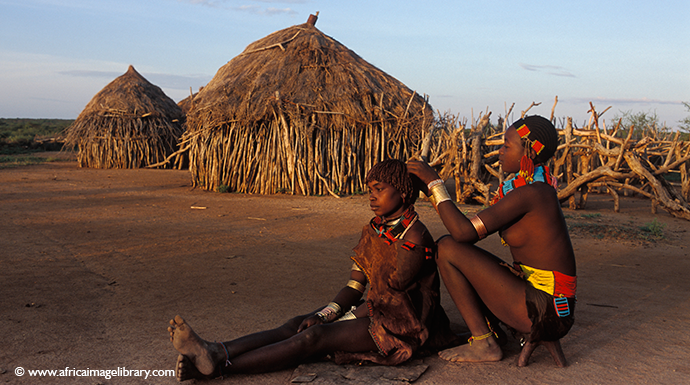
The people of the highlands have assimilated a variety of African, Judaic and even Egyptian influences to form one of the most unusual and self-contained cultures on this planet. This reaches its apogee in the region of South Omo, tucked up against the Kenyan border, which is home to perhaps a dozen different traditionalist ethnic groups – among them the Mursi, Hamer and Kara – whose colourful adornments evoke pre-20th-century Africa. Obscured by the media-refracted glare of the surrounding deserts, Ethiopia feels like a truly forgotten land.
Inspired to visit this magical country? Get 10% off our comprehensive guide:

